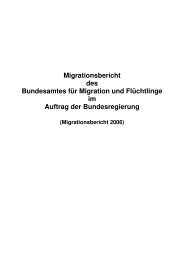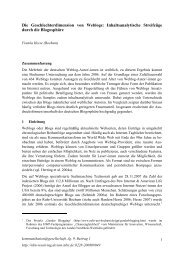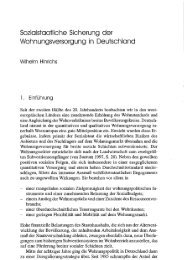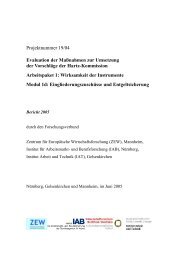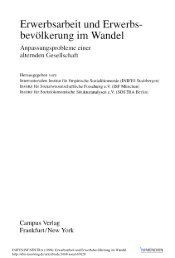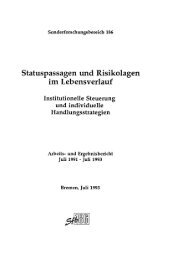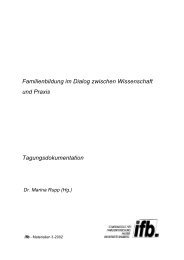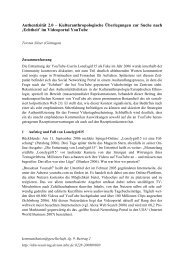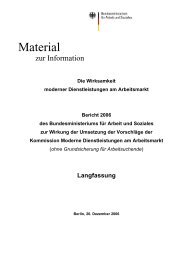Public Financial Management for PRSP - Deutsches Institut für ...
Public Financial Management for PRSP - Deutsches Institut für ...
Public Financial Management for PRSP - Deutsches Institut für ...
Create successful ePaper yourself
Turn your PDF publications into a flip-book with our unique Google optimized e-Paper software.
Stefan Leiderer et al.<br />
It must be noted that the individual steps of the budget process tend to be<br />
iterative rather than unidirectional. Although the budget process is an annual<br />
procedure in almost all countries, the period <strong>for</strong> the whole budget cycle is<br />
typically three years. It comprises budget planning, budget <strong>for</strong>mulation, its<br />
execution and the finalisation of accounts. There<strong>for</strong>e, at any time, three or<br />
more budgets will be in various stages of the budget cycle (Foster / Fozzard<br />
2000, 12). The following part is a description of the different steps of a<br />
budget cycle, with particular reference to developing countries.<br />
Strategic and budget planning<br />
Be<strong>for</strong>e the actual budget process starts, the government (with varying degrees<br />
of participation by civil society and other stakeholders) has to define the main<br />
strategic policy priorities <strong>for</strong> the <strong>for</strong>thcoming years. In many developing<br />
countries, this strategic priority setting is done in the <strong>for</strong>m of a Poverty Reduction<br />
Strategy Paper (<strong>PRSP</strong>) or similar national development plans. These<br />
strategic priorities then have to be translated into concrete sector policies and<br />
programmes, which can then be implemented through the public budget (Leiderer<br />
2004, 9).<br />
Once the strategic policy priorities are defined, the ministry of finance collaborates<br />
with the central bank and possibly other agencies to establish a<br />
macroeconomic framework in order to <strong>for</strong>ecast the overall resource envelope<br />
available in the <strong>for</strong>thcoming period. The macroeconomic framework commonly<br />
consists in a medium-term <strong>for</strong>ecast in GDP growth and estimates of<br />
the resulting collected public revenue as well as <strong>for</strong>ecasts of external financial<br />
inflows supporting the budget. Furthermore, the ministry of finance has<br />
to consider the scope <strong>for</strong> domestic and external financing of any budget deficit.<br />
In order to asses the resource envelope available <strong>for</strong> allocation to ministries<br />
and agencies in the upcoming budget negotiations, statutory spending<br />
(e.g. debt services, pension obligations etc.) has to be subtracted from the<br />
<strong>for</strong>ecast revenue (Foster et al. 2002, 15–16). A reliable macroeconomic <strong>for</strong>ecast<br />
is a fundamental precondition to ensure macroeconomic stability and a<br />
realistic budget. To establish a credible and reliable overall resource envelope<br />
is a required precondition <strong>for</strong> the government to be able to reconcile sector<br />
allocations with the overall amount of public resources available; thus preventing<br />
budget overruns by ministries, departments and agencies (MDAs)<br />
while implementing the budget.<br />
30 German Development <strong>Institut</strong>e




